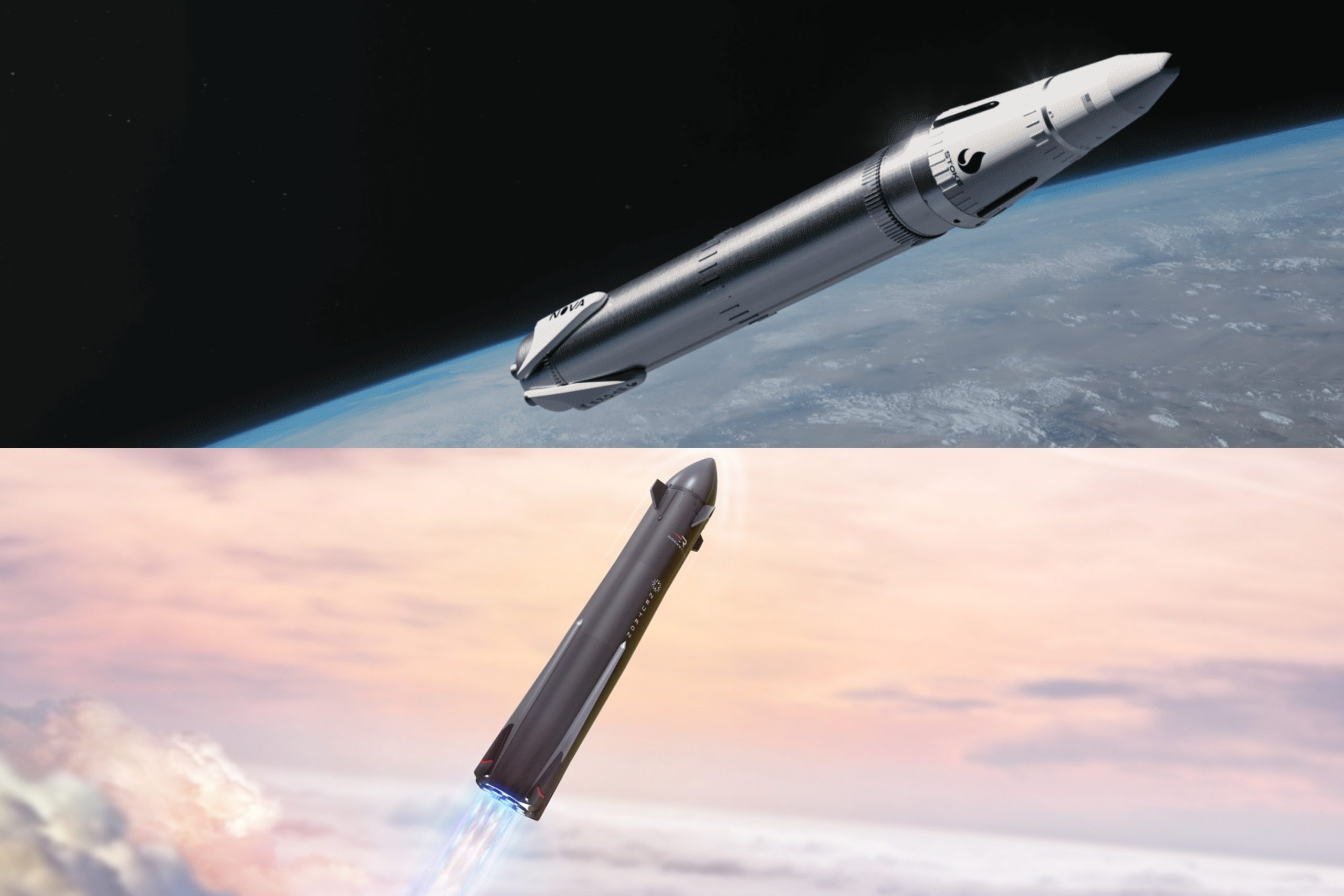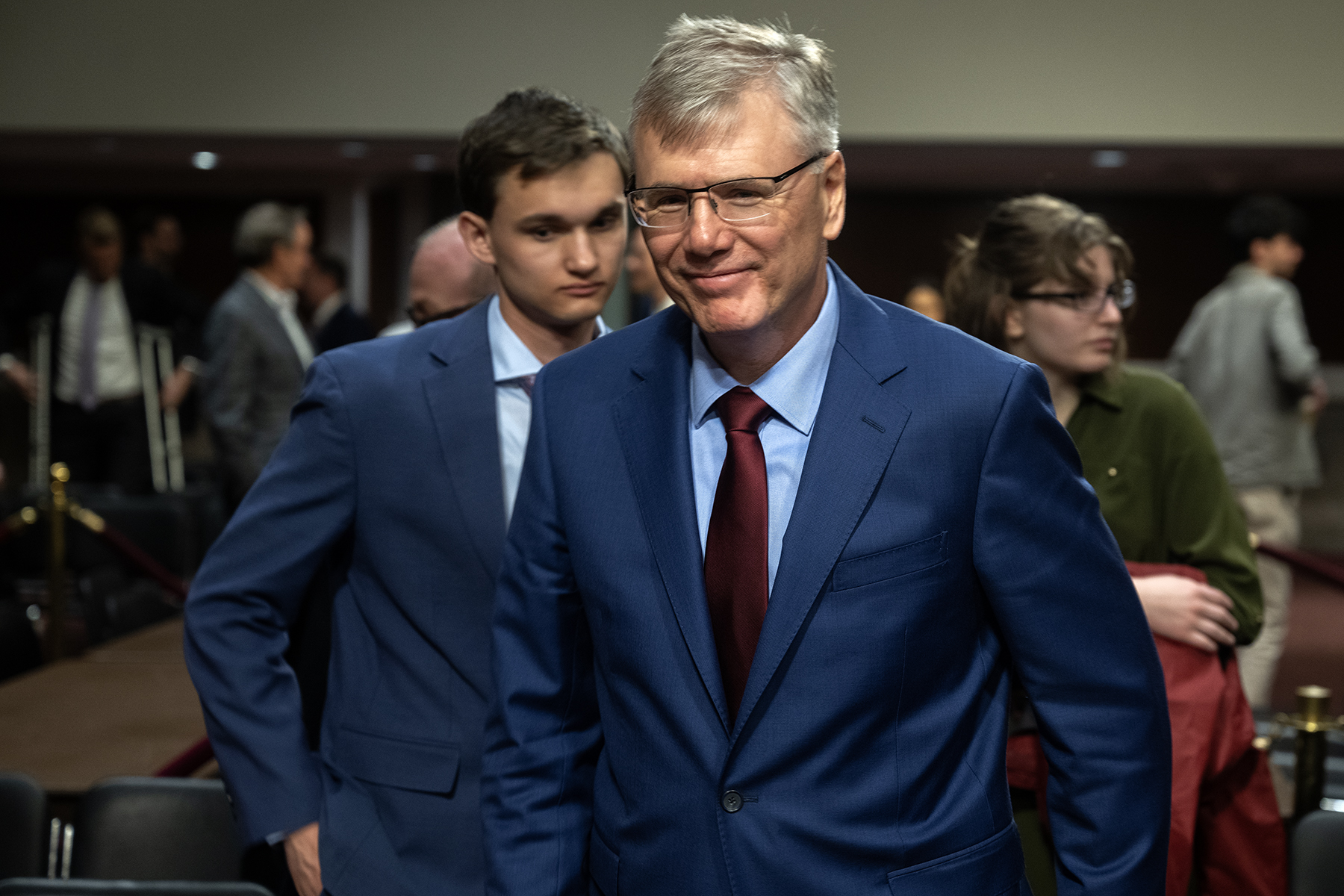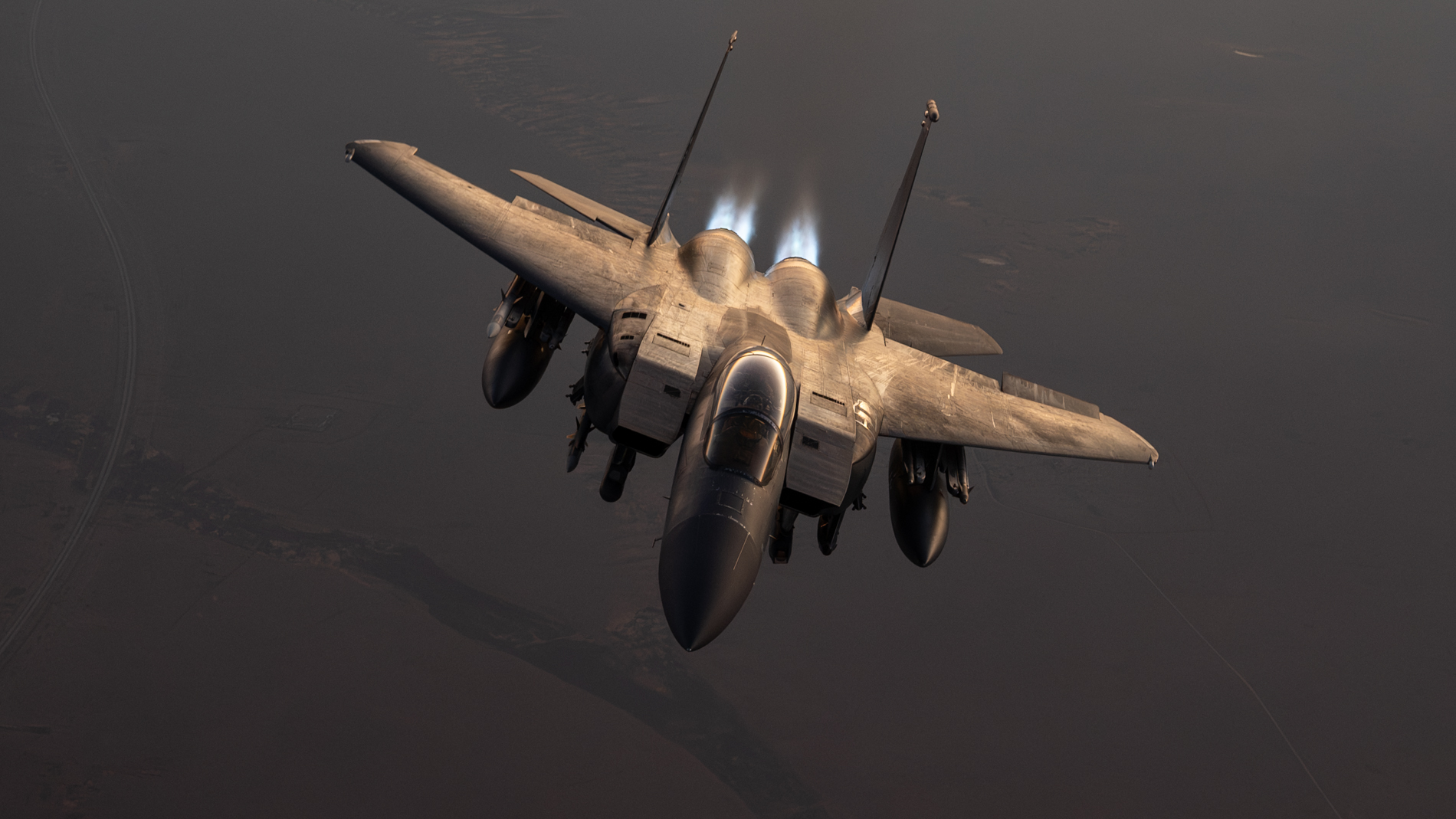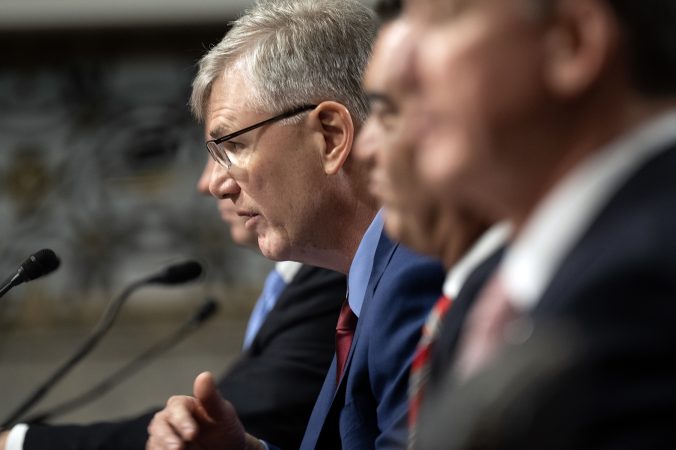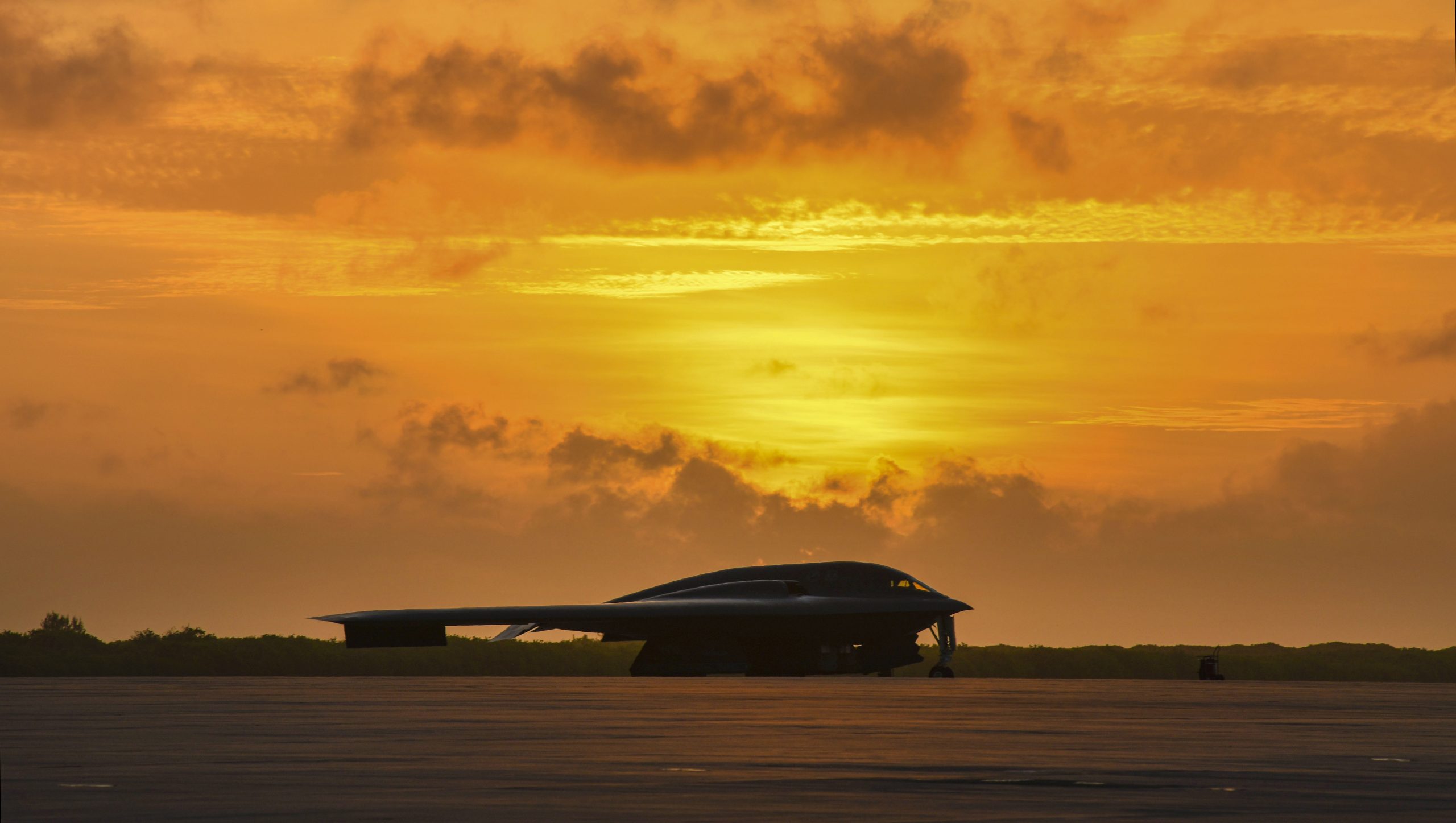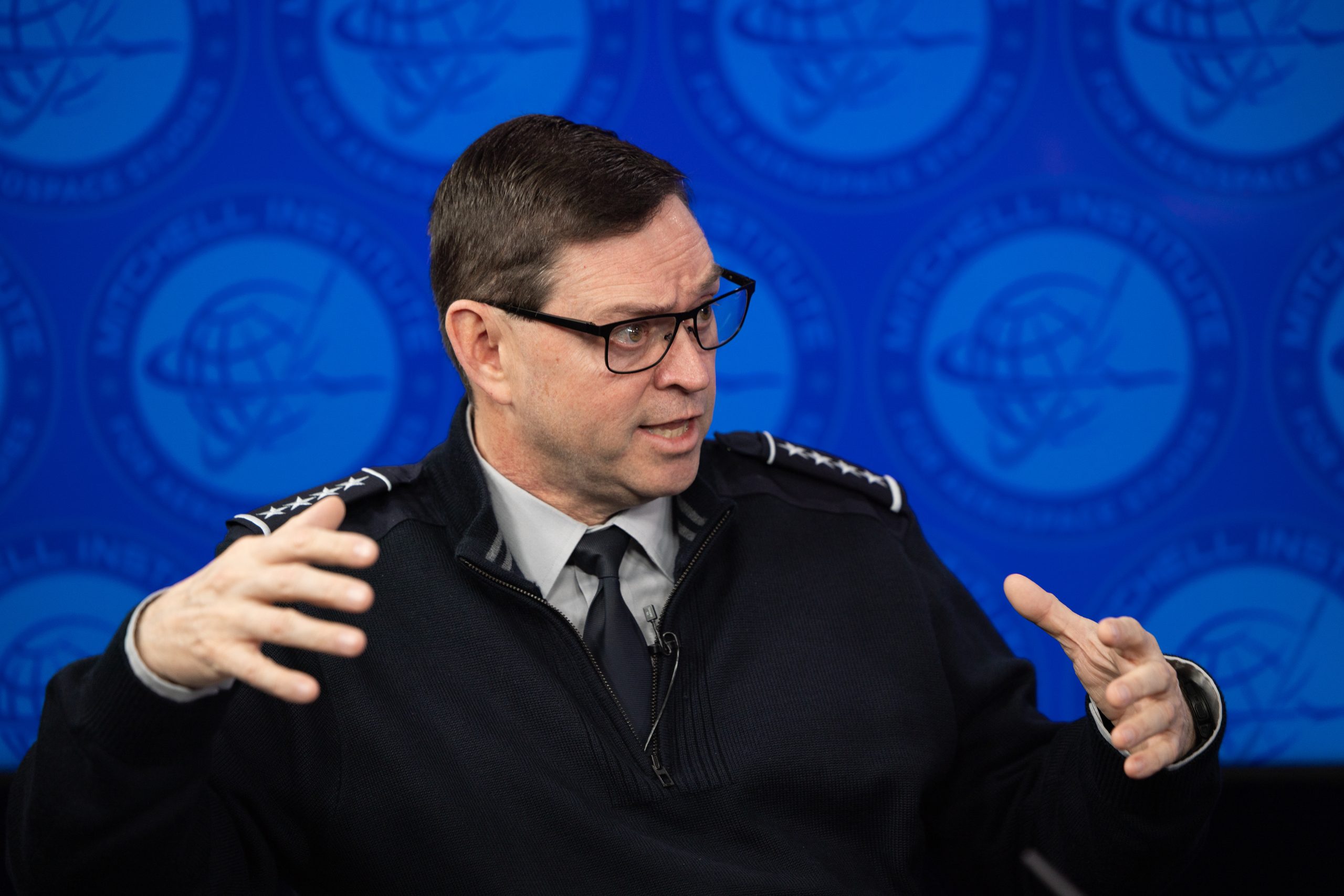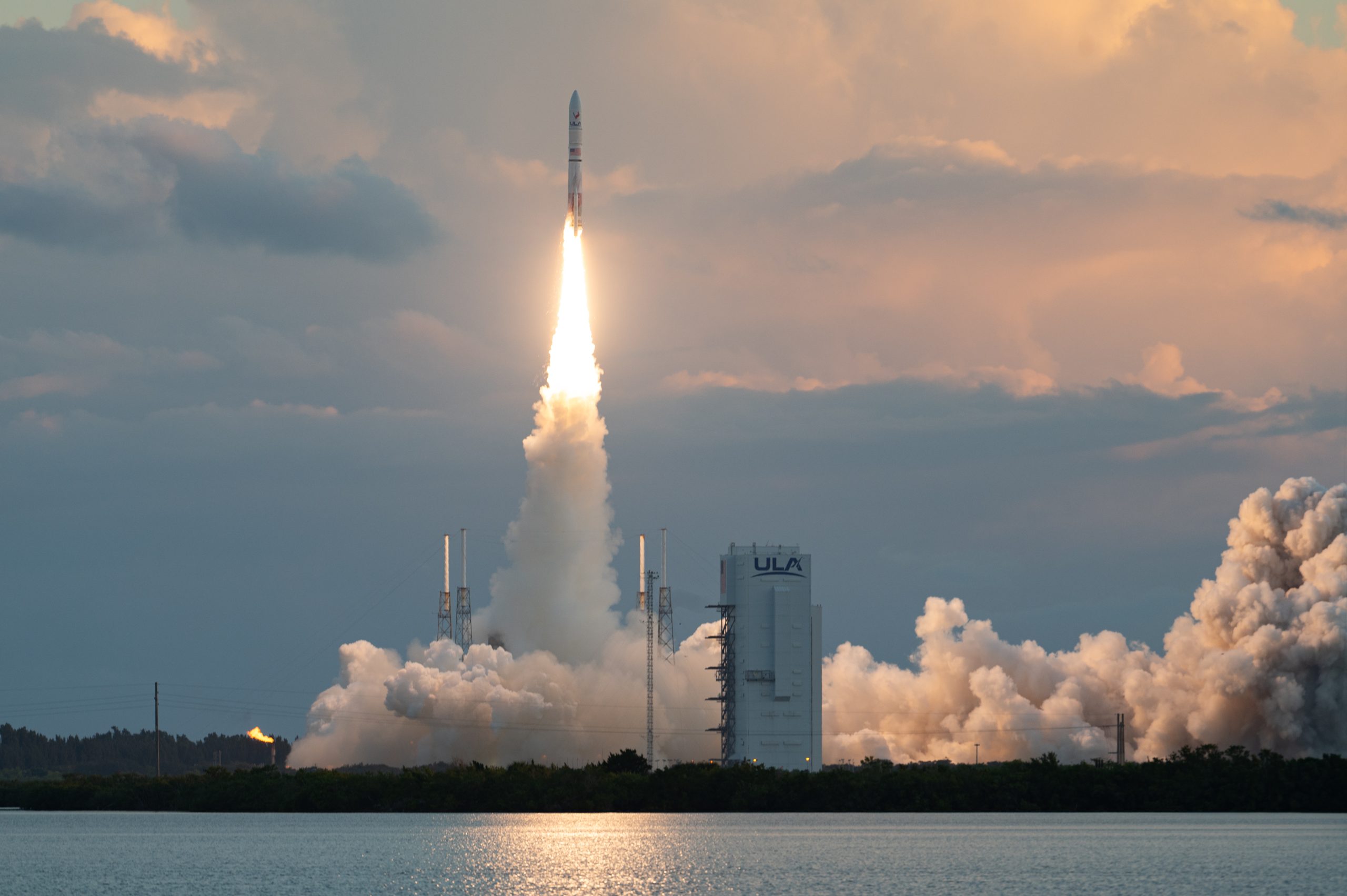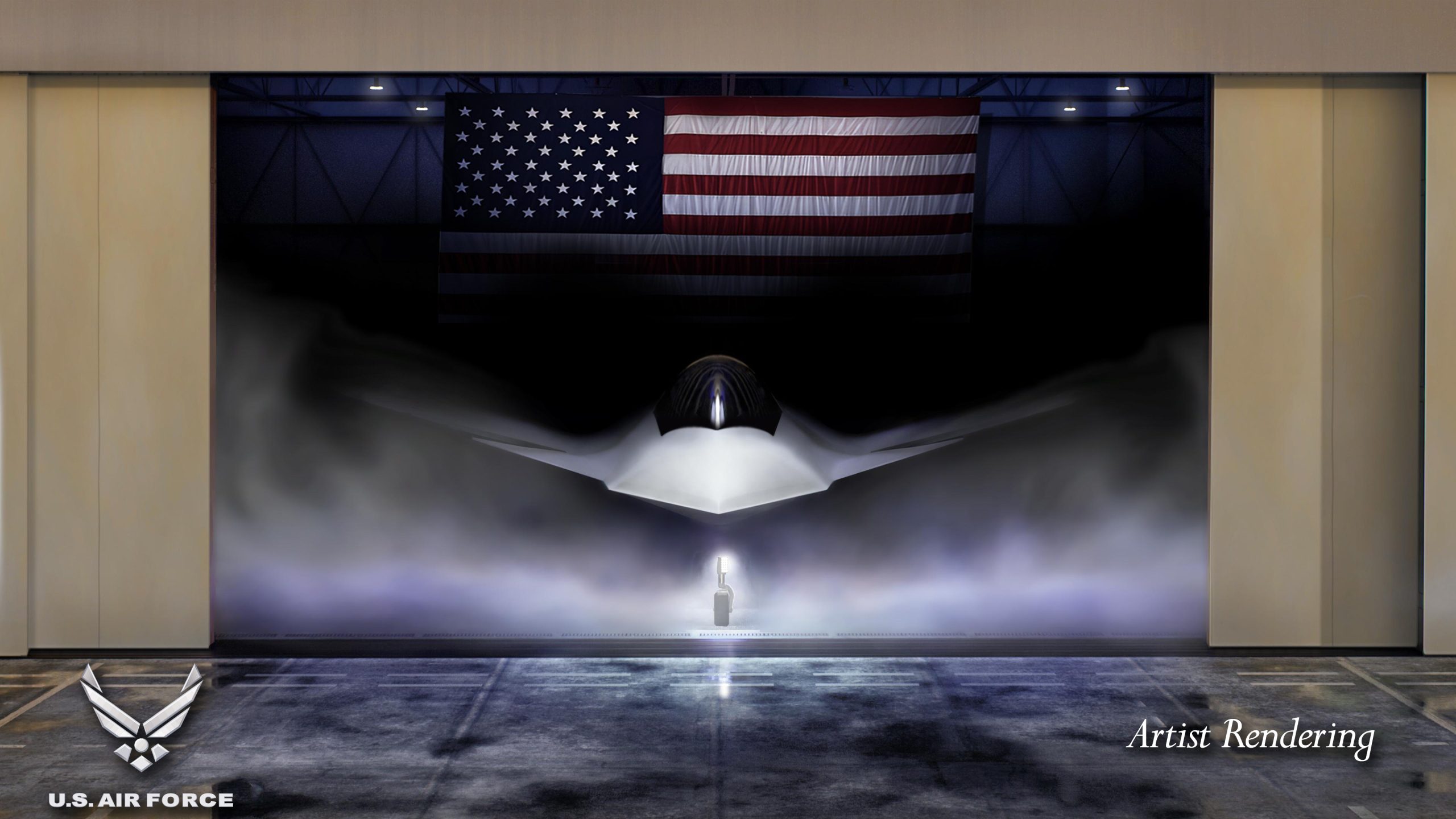The Space Force is adding two new competitors to its National Security Space Launch program, even though neither has so far launched their listed rocket into space.
Rocket Lab and Stoke Space were accepted into “Phase 3 Lane 1” of the launch program, a new option created for commercial-like, lower-risk missions. Rocket Lab is planning the first launch of its new Neutron rocket from Wallops Island, Va., in the second half of this year; Stoke Space is projecting first launch for its Nova rocket sometime before 2026.
“With today’s award, the Space Force expanded our portfolio of launch systems able to deliver critical space capability,” said Brig. Gen. Kristin Panzenhagen, USSF program executive officer for Assured Access to Space, in a statement. “These new partners bring innovative approaches and increased competition to our mission area. Our Lane 1 goal is to bring in new partners to increase capacity, resiliency, and speed.”
The new entries must complete at least one successful launch before they can receive task orders for NSSL launches, but their inclusion marks a major milestone, said Todd Harrison, a budget and space analyst for the American Enterprise Institute.
“The Space Force is doing the right thing and trying to keep their options open, but it’s ultimately going to be up to the companies to compete,” Harrison told Air & Space Forces Magazine. “It’s essentially the Space Force giving these companies the opportunity to bring their A-game.”
United Launch Alliance, a joint venture of Boeing and Lockheed Martin, dominated the launch business in the mid 2000s, until the rise of SpaceX broke that near monopoly. Now, however, SpaceX accounts for most orbital launches, including more in 2024 than the rest of the world combined. That’s given it a near stranglehold on the U.S. market.
Space Force acquisition officials are set on developing a more robust set of options, and want to ensure they aren’t reliant on a single company to get into orbit. That, plus SpaceX’s success, has helped spur a host of startups to try to break into the launch segment in today’s booming space economy.
Whether any can catch up to SpaceX remains to be seen, Harrison said. For now, they represent “the potential for competition, but not yet real competition, if we’re honest,” Harrison said. “SpaceX has such a huge lead in just the volume of launch. That inherently puts them further down the learning curve, gives them a really big price advantage.”
Space Systems Command is trying to foster space startups with its Orbital Services Program-4 for fast-turnaround launches and small payloads, and the “two-lane” concept for NSSL, with a primary lane for its most critical, risk-averse missions and a secondary lane where more risk can be tolerated.
SpaceX, ULA, and newcomer Blue Origin won entry for the initial Lane 1 award in 2024. Blue Origin, founded by billionaire Jeff Bezos, has since successfully launched its New Glenn vehicle. Of the two new players in Lane 1, Rocket Lab is the more established. Founded in 2006, it has completed about 60 launches with its small-lift Electron rocket, including some for the Space Force. Its medium-lift Neutron rocket is still under development.
Stoke Space, meanwhile, is just five years old and has never put a rocket into space. It has raised hundreds of millions of dollars, however, to develop a new fully reusable, medium-lift rocket called Nova, which has cleared several test milestones en route to a future launch.
To be eligible for the Space Force NSSL program, offering companies must demonstrate a “credible plan to achieve first launch capability” by Dec. 15, 2025. Harrison had called for continuous assessments instead of yearly on-ramps, but he said that if the Space Force is committed to that approach, it’s the right choice to accept companies that are progressing toward launch even if they haven’t demonstrated a launch yet.
“There’s no real risk to the government, because if these companies fall behind, if they have a launch failure, they’re not qualified to bid on anything yet,” Harrison said. “The government isn’t giving them a lot of money or anything. They’re just letting them put their foot in the door, is all.”
Lt. Col. Douglas Downs, SSC’s materiel leader for Space Launch Procurement, said in a statement that the command will compete more launch orders in fiscal 2026, which could be Rocket Lab and Stoke Space’s first chance to snag their piece of the $5.6 billion available as part of NSSL Phase 3 Lane 1.
Another “on-ramp” for still more providers is also coming in fiscal 2026, Downs said.
While Harrison said he hopes more companies are added in fiscal 2026, he also said he does not believe the Space Force should favor startups over better performance from SpaceX just to encourage diversity in its supply base.
“When you start trying to spread around the money in order to support less performing sectors of the industrial base, that is the definition of not being competitive,” Harrison warned. “You are skewing the market.”
It was a busy week for SSC—on March 26, the command announced it had certified ULA’s new Vulcan Centaur rocket to fulfill its assigned NSSL missions under Phase 2 of the program. The launch vehicle’s certification means ULA is likely to be included in Phase 3 Lane 2, which comprises the most critical national security launch missions.
